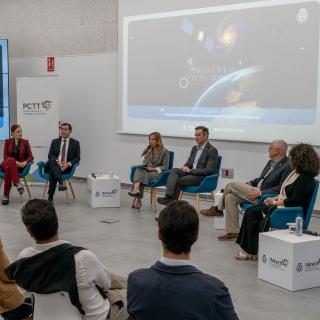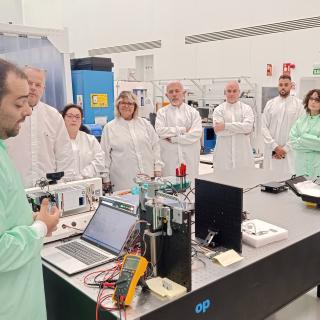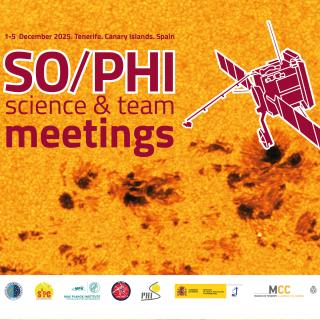A team of American astronomers has pioneered a new method of observing exoplanets with the Gran Telescopio CANARIAS (GTC) that promises to give a leading role to large Earth-based telescopes. The results obtained from the study of two giant planets passing in front of their parent stars are of such high precision that the researchers are already planning to use this new technique to learn more about super-Earth sized planets and Neptune-sized planets that have been discovered by observatories in space.
The new technique minimizes the distortion of starlight by the atmosphere through the use of narrow-band photometry (i.e., measuring the light received at the telescope within a small range of colors). The tunable filters of OSIRIS, the first instrument to be mounted on the GTC, allow the spectrum to be “dissected” very precisely.
‘We want to explore the unique features of OSIRIS on the world’s biggest telescope, so we’re developing new ways to observe with its filters,’ explains Eric Ford, an astronomer from the University of Florida and coauthor of the article shortly to be published in Monthly Notices of the Royal Astronomical Society.
Even though observing a restricted range of colours limits the amount of light available, Ford stresses, ‘the GTC is big and advanced enough that we can still collect sufficient light from the stars and measure their brightness precisely.’ The results show that the precision obtained was “excellent” and was hardly affected by the atmosphere. The exoplanets observed, called TrES-2b and TrES-3b, were observed in June and August of last year.
The astronomers point out that the new technique does not replace existing methods to search for planets, but rather provides new information about planets that have already been discovered to pass in front of their parent stars by space telescopes such as CoRoT and Kepler. Its main trump card is to provide better measurements of such parameters as the orbits of the planets and the chemical composition of their atmospheres.
Given the growing number of exoplanets detected by the transit method (around ninety so far), the researchers are confident that this new technique will be a powerful new tool for revealing further planetary properties. Knicole Colón, first author of the article and a graduate student of the University of Florida is ‘optimistic that these techniques will become much more common in the future as astronomers seek ways of improving the precision of observations when studying Neptune-like and super-Earth sized planets discovered by space missions.’
The authors hope that this technique will be widely used on large ground-based telescope when studying the properties of the atmospheres of giant planets and when improving measurement of the radii and densities of planets with sizes similar or somewhat larger than that of the Earth. Meanwhile, the team of American astronomers are planning how they will use this technique to look for sodium and potassium atoms in the atmospheres of giant planets similar to Jupiter.
Article Characterizing Transiting Extrasolar Planets with Narrow-Band Photometry and GTC/OSIRIS (PDF)
Other links of interest:
Gran Telescopio CANARIAS website
Department of Astronomy of the University of Florida
Contact:
Eric Ford (University of Florida)
Phone number: +1 (352) 3922052209
E-mail: eford+press [at] astro.ufl.edu (eford+press[at]astro[dot]ufl[dot]edu)



